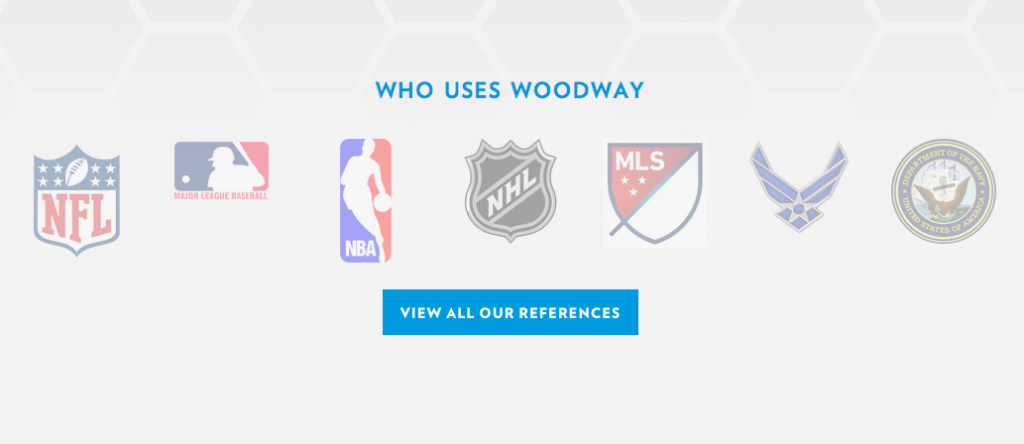Creating a successful and conversional landing page is more than just HTML and CSS - it’s psychology. A landing page, a standalone page on your website designed with a singular objective, should be laid out in a way that entices the consumer to make a desired action or conversion. While it is absolutely vital to have a meticulously coded format, it’s also important to understand how and why people respond to layouts, wording and imaging. Here are a few things to keep in mind when planning the perfect landing pages for your website.
Consistency = conversions
The more predictable an online experience is for a prospect, the easier the user experience. Therefore, keeping the messaging between advertisements and landing pages consistent is a crucial aspect of a smooth user experience. All too often, an advertisement entices someone through one format of messaging, and then takes the user to a landing page with entirely different copy and aesthetics. This situation disrupts the prospect’s thought process, and lessens the chance of an eventual conversion.
Less is more
When it comes to the layout of a landing page, the less distractions or disruptions, the better. In order to ensure that someone will complete a desired action, marketers should keep in mind that a page with fewer options, a simple design, and a clear call to action will likely be more successful. Some best-practice ways to go about this are to only include relevant information to the core mission of the page, visually minimize the navigation bar, and utilize white space.
People want proof
As social beings, we tend to have the desire to see what other people have to say about a product or service prior to personal use. If something is highly praised, people are inclined to trust it more. Therefore, providing positive social proof on a landing page will further increase the chances of a conversion. Whether this social evidence is user ratings or press mentions, taking the guesswork out of a conversion may just be the extra push a prospect needs. Keep in mind, however, to do so in a simple and non-distracting manner.
Grouped information is easier to process
Intentionally or subconsciously, people have a tendency to group information into smaller chunks in order to both remember and interpret what they’ve seen. Therefore, categorizing content thematically on a landing page reduces clutter and plays to the instinctiveness of the consumer. When grouping is not enforced on a page, users are forced to stop and think about what they are reading, which tends to result in a decrease in conversions.
VOC is more effective
Utilizing VOC, or the voice of the customer, is an effective way to connect with prospects. This method focuses on researching the wants and needs of a target audience, and then translating these feelings into the language used on landing pages. Rather than going this route, many if not most companies approach landing page copy by guessing how their consumers are feeling, or using marketing jargon that caters to the needs of the business rather than the consumer. These methods create a sense of distrust or disconnect, thus pushing prospects away.
Testing ensures success
While all of these tips are helpful to creating an effective landing page, it should go without saying that constant A/B testing is the best way to ensure success. Whether it’s testing the layout, wording or graphics, the time spent assessing the seemingly minor details will significantly increase the value and conversions of your landing pages.
Looking to construct landing pages that will resonate with your target audience? Contact Starkmedia today and receive professional assistance in strategy, design, and optimization.